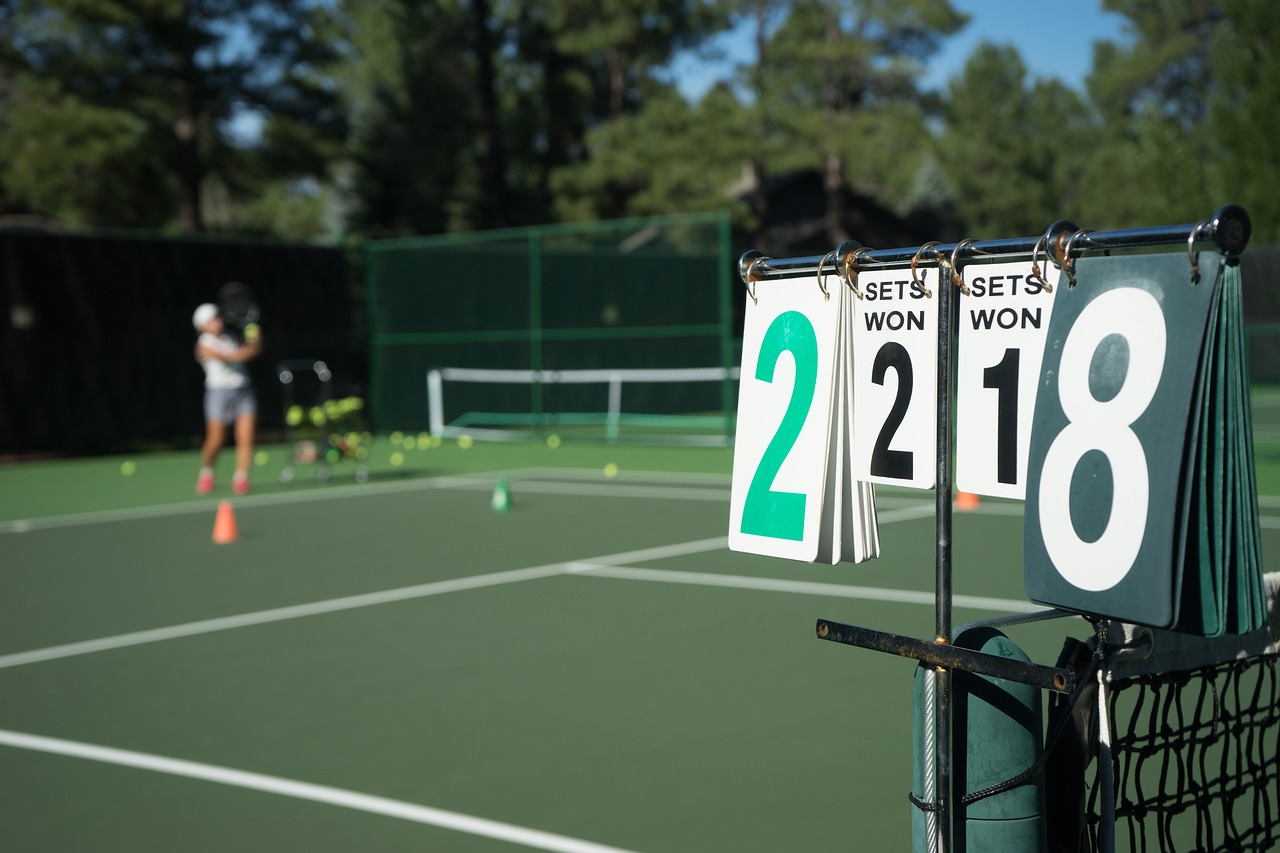The Benefits of Playing College Tennis: More Than Just a Game
Choosing to play tennis at the collegiate level is a decision that goes far beyond the court. It?s a...

For high school tennis players aiming to compete at the college
level, understanding recruiting rules is essential. Each governing body has its
own set of regulations regarding when and how coaches can contact recruits, as
well as the rules around official and unofficial campus visits. Here’s a
breakdown of the recruiting rules by division to help you navigate the process
and plan your recruitment journey.
NCAA Division I (D1)
NCAA D1 schools often have the most competitive athletic
programs and, as such, adhere to strict recruiting timelines. Here are the key
rules for tennis recruits:
Coach Contact: College coaches can initiate contact with
recruits and their parents beginning June 15th after the recruit’s sophomore
year in high school. Prior to this date, coaches are not allowed to communicate
directly about recruitment, although athletes can still attend showcases or
camps where coaches may be present.
Official/Unofficial Visits:
·
Official Visits (where the school pays for your
visit) and Unofficial Visits (where you cover your own costs) can be scheduled
starting August 1st of the recruit’s junior year in high school.
·
While official visits are restricted to this
timeline, athletes may take unofficial visits at any time, though formal
recruiting conversations can only occur after June 15th of their sophomore
year.
NCAA Division II (D2)
NCAA D2 schools have similar recruiting rules to D1, though
there may be slightly more flexibility in recruitment timelines. Here’s what to
know:
Coach Contact: Just like D1, coaches can reach out to
recruits or their parents starting June 15th after the recruit’s sophomore year
in high school.
Official/Unofficial Visits:
·
Recruits can schedule both Official and
Unofficial Visits beginning August 1st of their junior year in high school.
·
Unlike D1, unofficial visits can technically
happen anytime, but meaningful recruitment discussions are often delayed until
the permitted timeline.
NCAA Division III (D3)
NCAA D3 programs generally have more flexibility when it
comes to recruiting rules, allowing for a more personal recruiting process. D3
schools emphasize a balance between academics and athletics, making them an
ideal choice for students seeking both.
Coach Contact: There are no strict rules on when D3 coaches
can contact recruits. Coaches can reach out as early as they want, though most
start recruitment efforts during the recruit’s junior year in high school.
Official/Unofficial Visits:
·
Official Visits are permitted after January 1st
of the recruit’s junior year.
·
Unofficial Visits can happen at any time,
allowing recruits more opportunities to familiarize themselves with the campus
and team.
NAIA and NJCAA
The National Association of Intercollegiate Athletics (NAIA)
and the National Junior College Athletic Association (NJCAA) offer college
tennis players the opportunity to compete while enjoying a less restricted
recruiting process. Here’s what sets them apart:
Contact: Coaches in the NAIA and NJCAA divisions have no
recruiting restrictions on when they can contact prospective recruits. This
open approach means that coaches can start talking to players earlier than NCAA
programs and are often more flexible with recruitment timelines.
Official/Unofficial Visits: There are also no restrictions
on official or unofficial visits, meaning athletes can visit campuses and meet
with coaches whenever they’re ready. This approach allows for a more
personalized and adaptable recruiting process.
Choosing the Right Division for You
Each division has unique characteristics that cater to
different types of student-athletes. NCAA D1 and D2 schools are more
competitive and follow stricter recruitment timelines, while NCAA D3, NAIA, and
NJCAA offer a more flexible approach, often making them suitable for students
who prioritize academics alongside their sport.
Tips for Navigating the Recruiting Process
·
Start Early: Even though official recruiting
timelines may start as late as junior year, it’s beneficial to begin
researching colleges, preparing highlight reels, and attending camps or
showcases by your sophomore year.
·
Stay Informed: Keep up with the latest NCAA,
NAIA, and NJCAA recruiting rules, as they may change. The NCAA often updates
recruiting guidelines to address changing needs in college sports.
·
Build Relationships: Whether it’s through
emails, attending camps, or unofficial visits, try to establish connections
with college coaches. Demonstrating interest and a commitment to their program
can set you apart from other recruits.
By understanding the recruiting rules and timelines, you can
take proactive steps to achieve your goal of playing college tennis. Remember,
each division has its own advantages—finding the right fit academically,
athletically, and socially is key to a successful college tennis experience.
Useful Links:
• NCAA Recruiting Rules NCAA
• NAIA Recruitment Guidelines NAIA
• NJCAA Eligibility Requirements NJCAA
Choosing to play tennis at the collegiate level is a decision that goes far beyond the court. It?s a...
If you're aspiring to play college tennis, academic performance is as crucial as your skills on the...
Getting recruited to play college tennis can be a complex process, but with proper planning and exe...
Understanding what college coaches look for in tennis recruits can significantly enhance your chanc...